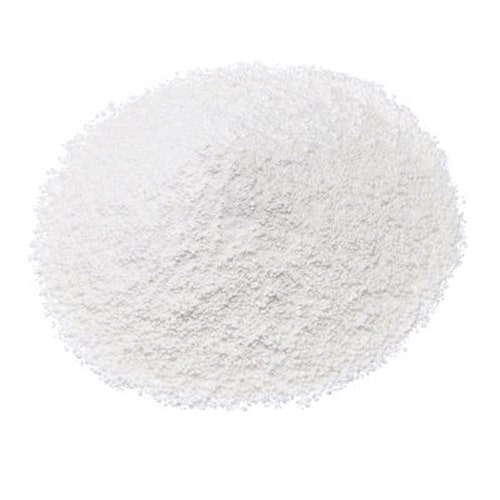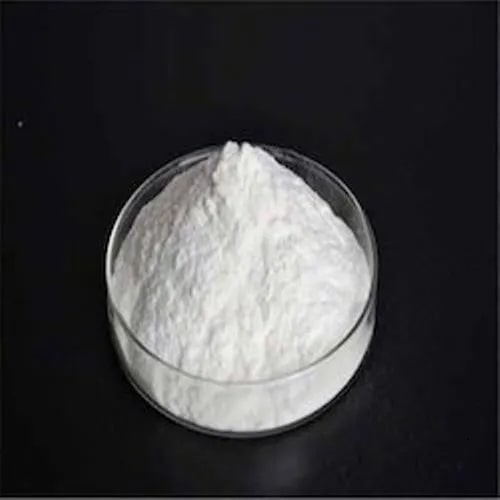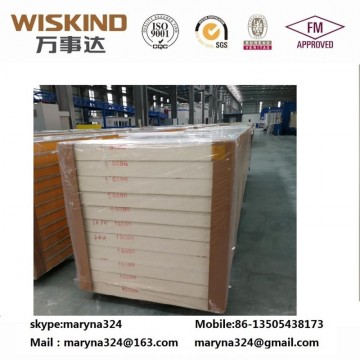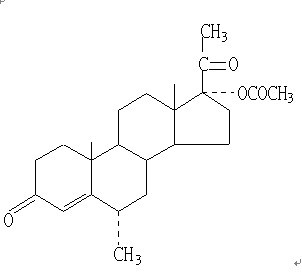Solo therapy with Merck & Co.’s Keytruda is already approved in previously untreated non-small cell lung cancer patients with high levels of the PD-L1 biomarker. Now, thanks to a new FDA green light, it’s allowed in patients with low PD-L1 levels, too. But will doctors actually use it that way?

Keytruda's new approval—as a first-line treatment for metastatic NSCLC patients whose tumors express PD-L1, but with no EGFR or ALK mutations—follows a similar nod in combination with different chemotherapies. The new indication offers an option for people "for whom combination therapy may not be appropriate," Jonathan Cheng, Merck Research Laboratories’ vice president of oncology clinical research, said in a statement.
But as analysts have previously pointed out, the actual benefit of Keytruda in PD-L1-low patients might not be as good as it seems.
The green light is based on data from the Keynote-042 trial, which showed the PD-1 blockbuster beat chemo at extending patients’ lives in all three subgroups stratified by PD-L1 expression levels. The trial enrolled 1,274 patients, and both squamous and nonsquamous cancers were included. Researchers examined Keytruda as a stand-alone therapy in tumor PD-L1 expression levels (TPS) of at least 50%, at least 20% or at least 1% (all participants).
Compared with solo chemo, Keytruda cut the risk of death by 31% in those with PD-L1 levels of 50 or higher. But the benefit clearly diminished as the population expanded into the other groups. In patients with a TPS score of 20 or more, Keytruda cut death risks by 23%, and in all study patients, the survival benefit amounted to 19%.
In an exploratory analysis, Merck didn’t include in its official release when the data were presented at last year’s American Society of Clinical Oncology annual meeting, patients with TPS below 50 lived 13.4 months on Keytruda, only a small improvement over the 12.1 months posted by chemo.
"The benefit was clearly driven by patients with greater levels of PD-L1 expression," Credit Suisse analyst Vamil Divan, M.D., wrote to clients at the time. He added "the fact that KN-042 was not overwhelmingly positive in patients with PD-L1 levels of 1-49% leaves that population potentially more available to better combination therapy approaches in the future."
Keytruda has been Merck’s cash cow lately: Sales in the fourth quarter jumped 66% year over year to $2.15 billion. In fact, it is performing so well that analysts are worried the New Jersey pharma is relying too much on the checkpoint inhibitor.
Nevertheless, Keytruda has been out there conquering new territories. A few days ago at the American Association for Cancer Research annual meeting, a Keytruda-chemo combo demonstrated it could significantly pare down the risk of death in hard-to-treat patients with liver or brain metastases. And the Keytruda-Alimta-chemo regimen just recently won Chinese approval to treat newly diagnosed NSCLC patients.
With an FDA priority review, Keytruda is expecting approval in previously treated SCLC patients based on Keynote-158 data, which showed 35.7% patients with PD-L1-expressing tumors responded to the therapy. And, thanks to new data showing the Keytruda-Inlyta combo could cut the risks of death at similar levels regardless of PD-L1 expression in kidney cancer, Evercore ISI analyst Umer Raffat predicted the therapy could become the standard of care for first-line use.
Register as Visitor to CPhI China 2019!

-----------------------------------------------------------------------
Editor's Note:
To apply for becoming a contributor of En-CPhI.cn,
welcome to send your CV and sample works to us,
Email: Julia.Zhang@ubmsinoexpo.com.





 ALL
ALL Pharma in China
Pharma in China Pharma Experts
Pharma Experts Market News
Market News Products Guide
Products Guide Brand Story
Brand Story



































 Pharma Sources Insight January 2025
Pharma Sources Insight January 2025








